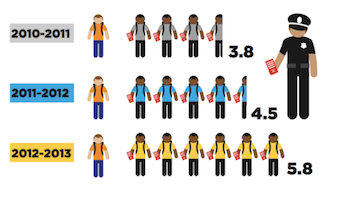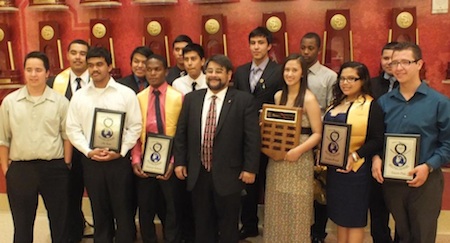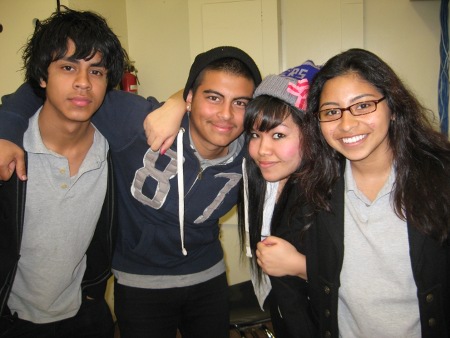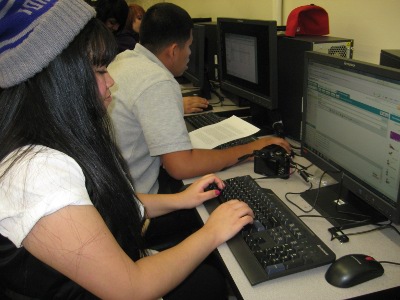
Ratio of citations per black student to citations per white student for the most recent three school years
Students, parents and teachers rallied at Martin Luther King Blvd. and Vermont Ave. near Manual Arts High School last week to discuss over-policing in the Los Angeles Unified School District. Today, the newly-formed LAUSD Progressive Discipline and Safety Committee will hold a public meeting from 4 to 6 p.m. to continue the conversation.










 From left: Henry Pineda, Nestor Nunez, Kerlie Medina and Gisela Bats.
From left: Henry Pineda, Nestor Nunez, Kerlie Medina and Gisela Bats. Kerlie Medina is a senior who says that low expectations from others only encourage her to break them.
Kerlie Medina is a senior who says that low expectations from others only encourage her to break them.  By John Hankey
By John Hankey




